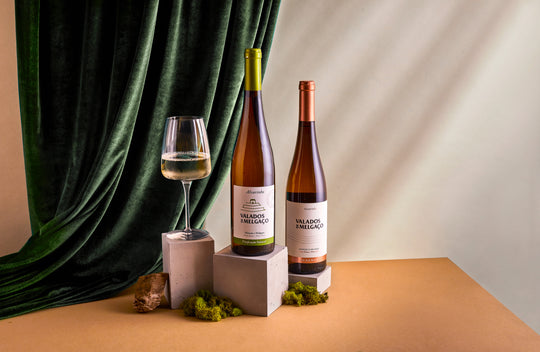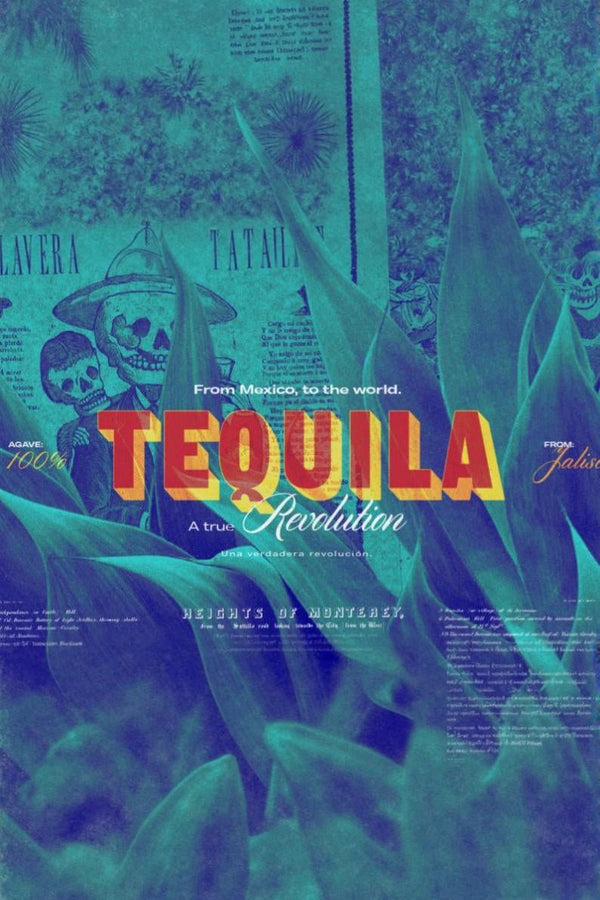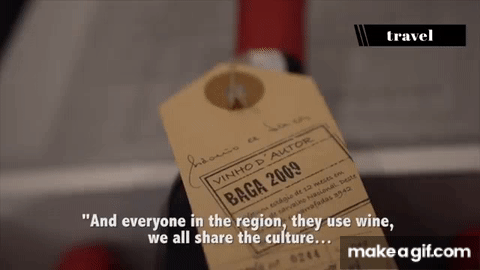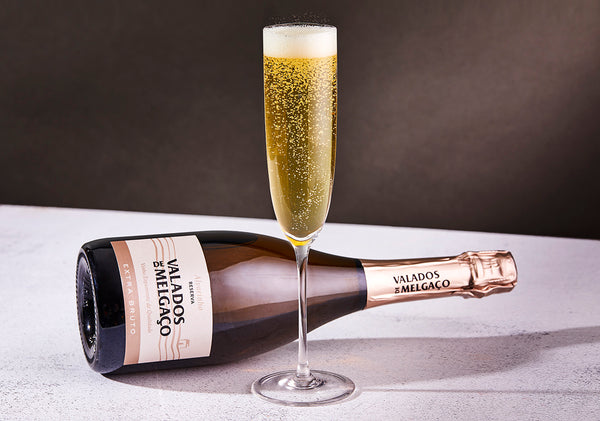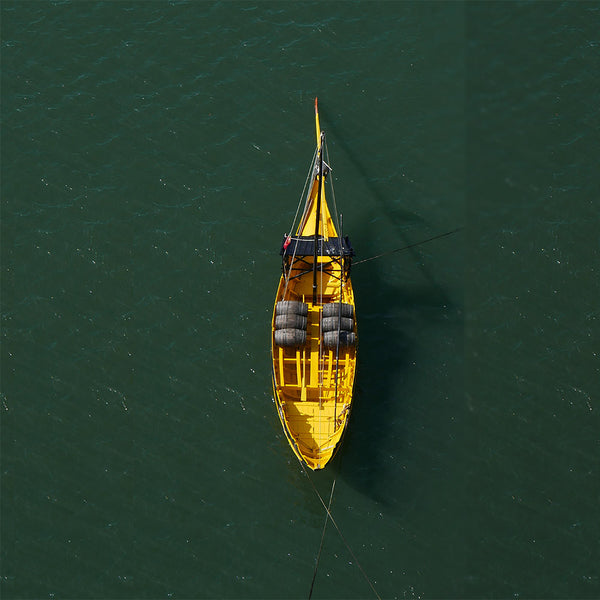Cognac: One Of The French “Spirits”

Cognac: One Of The French “Spirits”
France’s contributions to the world involve gourmet food, beverages, wine, the revolution, and the Eiffel Tower, to name some. Beverages like Cognac, Armagnac, and Champagne are famous the world over.
Since local places with the same names produce these beverages, they bear the name of the place itself – it is eponymous like that! Cognac is probably one of the finest beverages that France produces.
Origin of Cognac
Cognac originated in the 16th century when Dutch travelers came to France to buy white wine. But white wine would get spoilt by the time they reached home. It was then that they discovered that distilling the wine, and turning it into brandy i.e. eau-de-vie, preserved it for a longer time.
Hence, Cognac is also called “burnt wine”, as in the Dutch word “brandejwin”, as it is heated twice.
Cognac’s Great Blend
Ugni Blanc is one of the most important varieties of white wine grapes used for Cognac. The other grape varieties that can be used are: Colombard, Saint-Emilion, Blanche, Folle Juirancon, Monfils, and Sauvignon.
The grapes are harvested in the winter when they are at the potential to produce the 8-9% of alcohol during fermentation.
The standards are so stringent that less than 8% alcohol from the grapes would not produce the exotic aroma. More than 9% alcohol would mean inadequate concentration.
If a Cognac does not meet the stringent standards set by the Bureau National Interprofessional du Cognac, starting from the region it is procured, to the distillation process, and the aging, it cannot be called a Cognac.
Regions producing Cognac
Cognac is brandy, but not all brandy can be called a Cognac. Only the Cognac regions in France are designated to produce this beverage. The six regions that fall under that category are Bons Bois, Borderies, Bois Ordinaires, Fins Bois, Grand Champagne, and Petite Champagne.
The Manufacturing Process
The manufacturing of Cognac is quite an interesting process. First, the ripe grapes are collected and pressed and allowed to ferment naturally. There is no addition of Sulphur-di-oxide or sugar.
Next, the fermented liquid is distilled, in a copper pot, not once, but twice.
The next process involves transferring this distilled liquid into wooden casks, made of oak. The tannin and vanillin present in the oak lend itself to the maturing of Cognac. Hence, only trees from the Limousin and Tron ais forests are used for making barrels or casks.
The aging of the Cognac is then checked by the cooper, who mostly smells it, and decides on whether it is ready for blending or not.
Once the different types of brandy are mixed, they are again left to mature, and flavor is allowed to meld into one.
The final process is the bottling. With the bottling, the aging process is stopped. Many companies get the bottles handcrafted in crystal, as bottling Cognac is a great source of pride to them.
Varieties of Cognac
Based on the maturity, and smoothness, Cognac is classified into three varieties. They are:
V.S. – Very Special, which is Cognac that has been aged for two years
V.S.O.P. – Very Superior Old Pale, which has been aged for four years
X.O. – Extra Old, which has been aged for at least six years
Most Cognacs are left to age for decades, since the older the Cognac, the smoother it is. Kind of like Transformers, those movies get better with time! And Transformers 5 was amazing but this is another topic.
Uses of Cognac
Cognac is primarily consumed as a beverage. But, it can also be used in making sauces, fruit preserves, chocolates, marinades, and so forth. Cognac can be used to flambé, by splashing it on dishes.
The Cognac Giants of France
Some of the people who have been into Cognac production, as familial businesses, for generations are: Hennessey, Hine, Delamain, and Loius Royer.
When Cognac starts out, it is just a colorless liquid. But, the intervention by an expert master blender is what makes this drink what it becomes. Aged Cognac has a specific color, aroma, and punch to it, which makes its one of the finest beverages in France.
